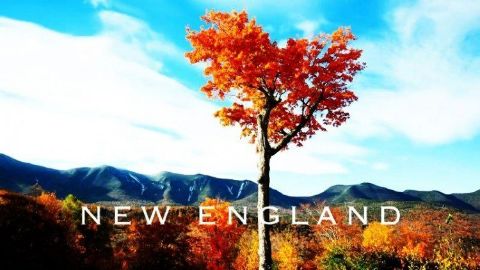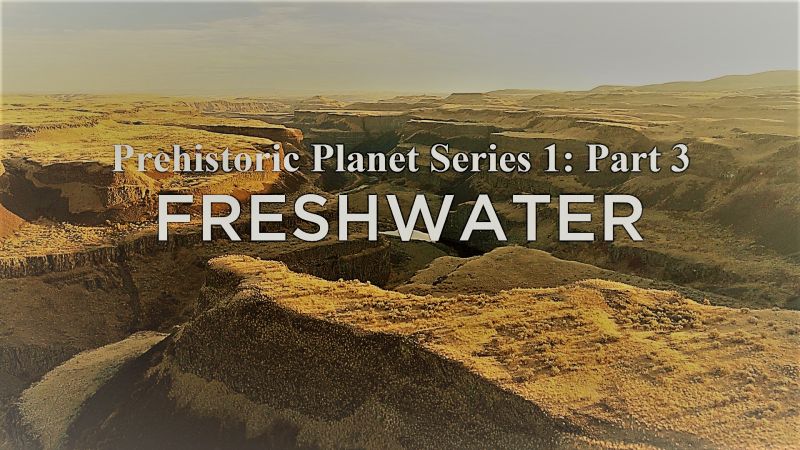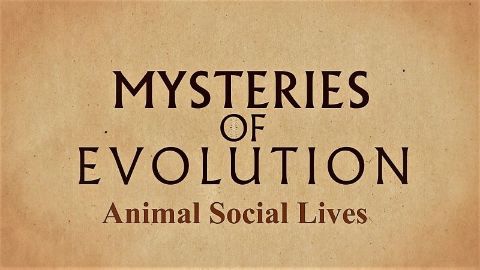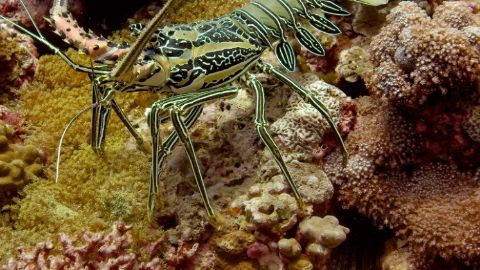Okavango • 2016 • episode "S1E3" • Earth's Greatest Spectacles
The Okavango Delta is one of the world's largest inland deltas - and supports a variety of life as rich as any you will see in Africa. Yet this lush wetland of islands and lagoons lies in the middle of the vast, featureless Kalahari Desert. This is the story of how it happens. Following groups of wildlife, including hippos, baboons, catfish, kingfishers, leopards, warthogs and elephants, the film reveals how the yearly flood transforms the landscape and impacts their lives. But more surprisingly, it reveals how, with the help of termites and hippos, the flood actually creates this extraordinary delta in the first place.
Make a donation
Buy a brother a hot coffee? Or a cold beer?
Hope you're finding these documentaries fascinating and eye-opening. It's just me, working hard behind the scenes to bring you this enriching content.
Running and maintaining a website like this takes time and resources. That's why I'm reaching out to you. If you appreciate what I do and would like to support my efforts, would you consider "buying me a coffee"?
Donation addresses
BTC: bc1q8ldskxh4x9qnddhcrgcun8rtvddeldm2a07r2v
ETH: 0x5CCAAA1afc5c5D814129d99277dDb5A979672116
With your donation through , you can show your appreciation and help me keep this project going. Every contribution, no matter how small, makes a significant impact. It goes directly towards covering server costs.








